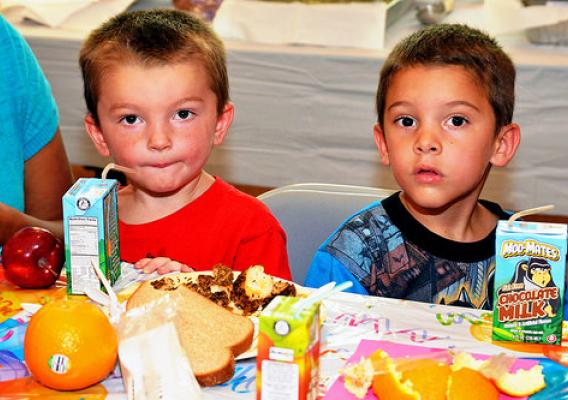This post is part of the Science Tuesday feature series on the USDA blog. Check back each week as we showcase stories and news from USDA’s rich science and research portfolio.
Weddings, dads, and grads make June a joyful month, but here at the USDA National Agricultural Statistics Service, June is eventful for a different reason altogether. It’s when we conduct some of the most widely-anticipated agricultural surveys. During the first two weeks of the month, we’ll survey more than 125,000 farmers across the United States. Although NASS surveys and publishes reports throughout the year, June means game on!
In this single month, we conduct the June Area Survey, the June Agricultural Survey (also known as the Crops/Stocks Survey), and the June Hogs and Pigs Survey. Through these, we will gather information about this season's crop production, supplies of grain stocks, livestock inventories, land use, detailed estimates on the number of acres producers planted of particular agricultural commodities, and much more. Because of the prominent influence and impact these surveys have in the agricultural industry and on government programs and policy, its important farmers and ranchers participate.






